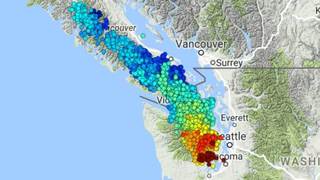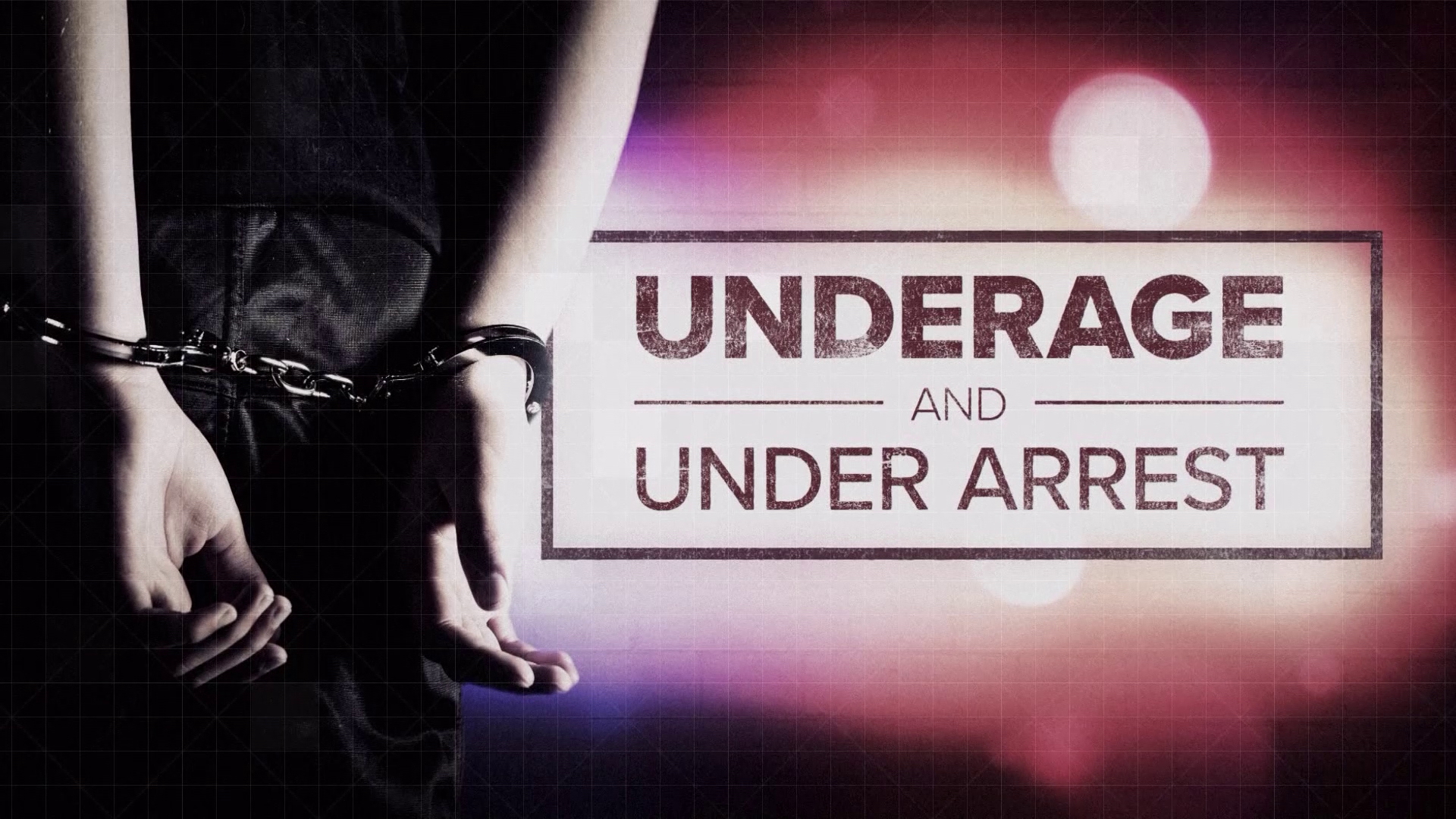SEATTLE - In Westlake Park, the City of Seattle is encouraging people to try out a new ride. It's called the "big shaker," a portable reality machine that lets somebody experience what it's like to ride out a large magnitude 8 earthquake.
The City of Seattle's Office of Emergency Management is behind the event, which along with games and other activities, is designed to encourage people to get ready for a large quake that could strike at any time.
Washington is earthquake country, and the worst kind of earthquakes have happened here in the past - and seismologists know they'll happen again. There are multiple threats; one of the big concerns is a potential magnitude 7.2 on the Seattle fault known to run from west of Puget Sound, in the city's SoDo neighborhood and east into the Cascades mountain range. A quake close to the earth's surface is one of the most damaging.
The other is a potential magnitude 9 on the Cascadia Subduction Zone, a tectonic fault that runs from Cape Mendicino in California and off the coastlines of Oregon, Washington and British Columbia, Canada. Think of the Tohoku Earthquake in Japan from 2011. That quake killed nearly 16,000 people and devastated swaths of northeastern Japan. Many of the fatalities and most of the damage came from large tsunamis that followed. Washington's coast would be a mirror image of that event.
The problem for emergency managers is that unlike California, major earthquakes don't happen very often. The last was the 2001 Nisqually quake, centered near Olympia, Washington. It was very deep, nearly 30 miles under the surface. A magnitude 6.8, the quake still caused $2 billion in damage that took years to rebuild.
Growing public awareness for the 'big one'
It is against that background where state and city emergency managers, architects, engineers are working with scientists at the Pacific Northwest Seismic Network headquartered at the University of Washington. One effort is called Magnitude 9, designed to get the region better prepared. Preparation comes on many levels, ranging from more quake-resistant buildings, along with better preparation for the public, where citizens may have to be on their own for days if not longer.
The last Cascadia earthquake was determined to have happened in January of the year 1700, and the window for another quake is considered open.
Research also continues in Washington, British Columbia and elsewhere around the Pacific, including Japan, to correlate a relatively recent discovery made back in the 1990s. The realization that a very slow acting earthquake happens every 14 months deep below the surface, where rock is hot and behaves more like melting plastic. They're called "slow slip," "deep tremor" or "silent quakes." These quakes take about two weeks to play out and don't create shaking, so nobody really notices.

The science is about trying to correlate the deep tremor as a possible trigger mechanism for the large magnitude 9 quake. While scientists seem to agree the risk goes up, what they're trying to calculate is by how much and can it be used as a more reliable warning that the "big one" is coming.


